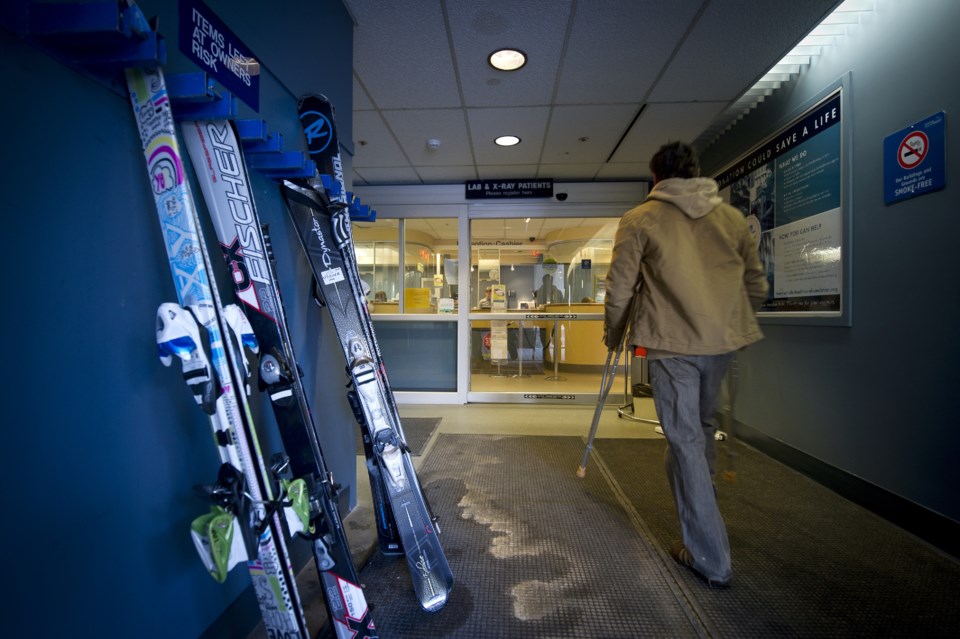Last week, B.C.’s COVID-19 testing guidelines were amended so that anyone with symptoms can now be tested—but the process to obtain a test isn’t likely to change for Whistlerites, explained two local physicians.
“As we don’t have a testing centre here, I still think the best advice is that if someone is ill or concerned, they should reach out to their family doctor or through our virtual walk-in clinic and have a virtual appointment either by phone or telehealth, and then with their GP, they can decide the next best steps,” said Dr. Karin Kausky of the Whistler Medical Centre.
Last month, the Sea to Sky Division of Family Practice set up a virtual clinic for locals without a family doctor. Through that portal, accessed at divisionsbc.ca/sea-sky, patients can consult with a GP and set up a primary care appointment by phone or teleconference as required.
Other patients are asked to contact their family physician or specialist for all non-urgent matters as they normally would in order to arrange an appointment via phone or teleconference. All Whistler practices have telehealth in place.
Dr. Bruce Mohr, the medical director for the Whistler Health Care Centre (WHCC), stressed that, whether tested or not, the treatment for potential COVID-19 cases would remain the same.
“If people have symptoms of the flu, the cough or whatever, they could consult with their doctor about getting the test, but it’s not going to change the treatment. In other words, if they’ve got [cold- or flu-like symptoms], they’re going to be told to self-isolate and take care of themselves and go to emergency if they’re really sick,” he said.
At present, coronavirus tests are administered locally by family physicians or at the Whistler Health Care Centre. Mohr noted that there has so far been no direction from the province to set up a testing centre in the Sea to Sky.
The loosening of testing criteria will give officials a better idea of the scope of the disease in B.C., Kausky noted.
“Right now the only statistics we have are the incidents in hospitalized patients, in long-term care homes, or in healthcare workers. At times, even some of that was limited, so now I think we’ll get a better idea of prevalence in the community of symptomatic people,” she said.




